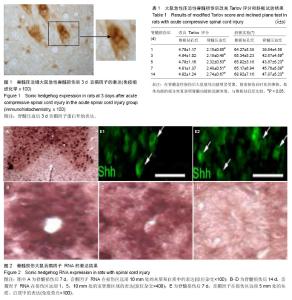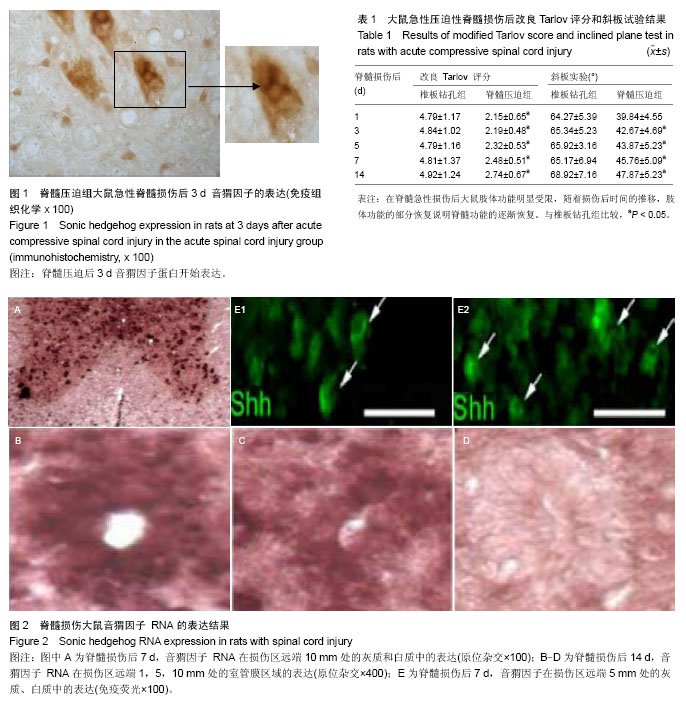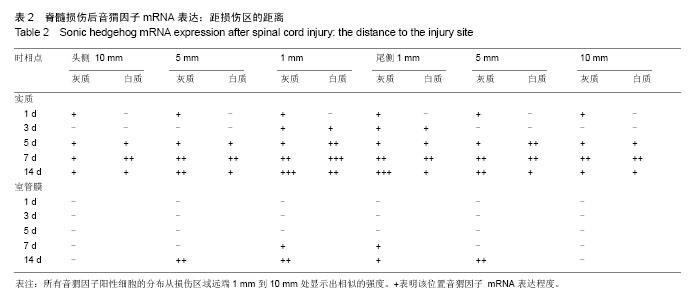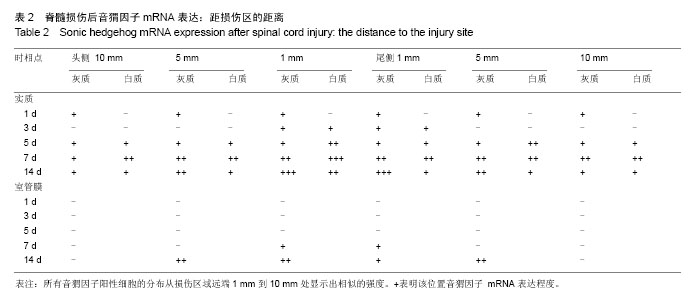| [1] Stamataki D,Ulloa F,Tsoni SV,et al.A gradient of Gli activity mediates graded Sonic Hedgehog signaling in the neural tube. Genes Dev.2005;19:626-641.
[2] Wichterle H,Lieberam I,Porter JA, et al. Directed differentiation of embryonic stem cells into motor neurons. Cell.2002;110(3):385-397.
[3] Kent CB, Shimada T, Ferraro GB, et al. 14-3-3 proteins regulate protein kinase a activity to modulate growth cone turning responses. J Neurosci.2010;30: 14059-14067.
[4] Yam PT, Kent CB, Morin S, et al.14-3-3 proteins regulate a cell-intrinsic switch from sonic hedgehog-mediated commissural axon attraction to repulsion after midline crossing. Neuron.2012;76(4):735-749.
[5] Gonzalez-Reyes LE, Verbitsky M, Blesa J, et al. Sonic hedgehog maintains cellular and neurochemical homeostasis in the adult nigrostriatal circuit.Neuron.2012;75(2):306-319.
[6] Calcutt NA, Allendoerfer KL, Mizisin AP, et al. Therapeutic efficacy of sonic hedgehog protein in experimental diabetic neuropathy.J Clin Invest.2003;111(4):507-514.
[7] Peterson R,Turnbull J.Sonic hedgehog is cytoprotective against oxidative challenge in a cellular model of amyotrophic lateral sclerosis. J Mol Neurosci.2012; 47(1):31-41.
[8] Ma X,Peterson R,Turnbull J, et al.Trophic and proliferative effects of Shh on motor neurons in embryonic spinal cord culture from wildtype and G93A SOD1 mice. BMC Neurosci. 2013; 14:119.
[9] Alvarez JI, Dodelet- Devillers A, Kebir H, et al. The Hedgehog pathway promotes blood- brain barrier integrity and CNS immune quiescence.Science.2011;334: 1727-1731.
[10] Ambrozaitis KV,Kontautas E,Spakauskas B,et al. Pathophysiology of acute spinal cord injury. Medicina ( Kaunas).2006;42:255-261.
[11] Cheng H, Cao Y, Olson L. Spinal cord repair in adult paraplegic rats: partial restoration of hind limb function. Science. 1996; 273(5274):510-503.
[12] Rivlin AS, Tator CH. Objective clinical assessment of motor function after experimental spinal cord injury in the rat.J Neurosurg.1977;47(4):577-581.
[13] Lobjois V, Benazeraf B, Bertrand N, et al.Specific regulation of cyclins D1 and D2 by FGF and Shh signaling coordinates cell cycle progression, patterning, and differentiation during early steps of spinal cord development. Dev Biol.2004; 273(2): 195-209.
[14] Park HC, Shin J, Appel B. Spatial and temporal regulation of ventral spinal cord precursor specification by Hedgehog signaling.Development.2004;131(23): 5959-5969.
[15] 许汉鹏,胡沛臻,苟琳,等.音猬因子的功能受体斑片在培养的神经干细胞中的表达[J].解剖学报,2002,33(6): 561-565.
[16] Machold R, Hayashi S, Rutlin M, et al. Sonic hedgehog is required for progenitor cell maintenance in telencephalic stem cell niches.Neuron.2003; 39(6):937-950.
[17] Amankulor NM, Hambardzumyan D, Pyonteck SM, et al. Sonichedgehog pathway activation is induced by acute brain injury and regulated by injury- related inflammation. J Neurosci. 2009;29: 10299-102308.
[18] Azevedo AS, Sousa S, Jacinto A, et al. An amputation resets positional information to a proximal identity in the regenerating zebrafish caudal fin. BMC Dev Biol.2012;12:24.
[19] 侯天勇,刘媛,龙在云,等.转录调控因子Shh促进胎鼠脊髓神经干细胞体外增殖的效应[J].中国临床康复,2004,32(8):7162-7163.
|



